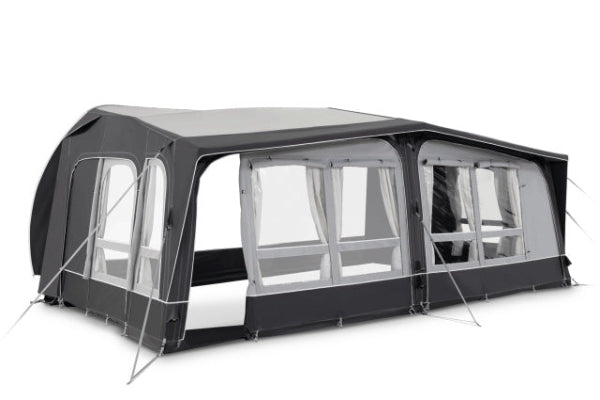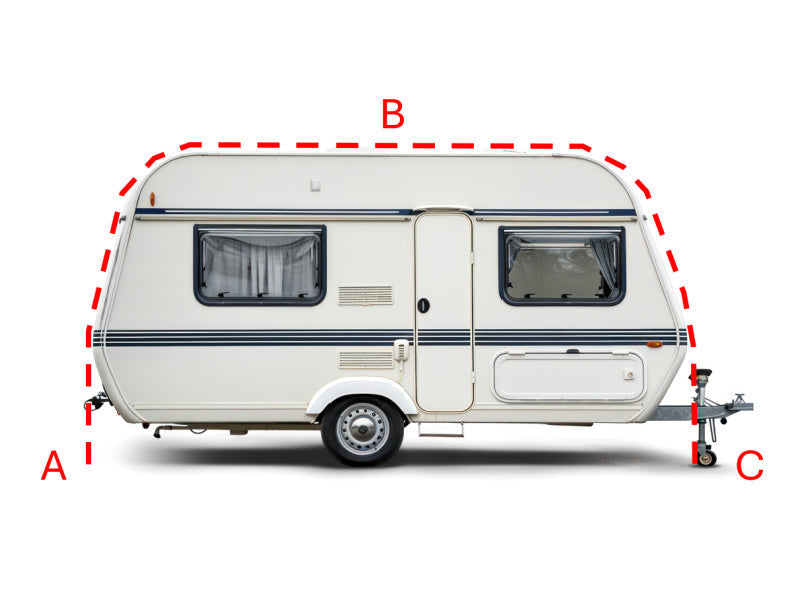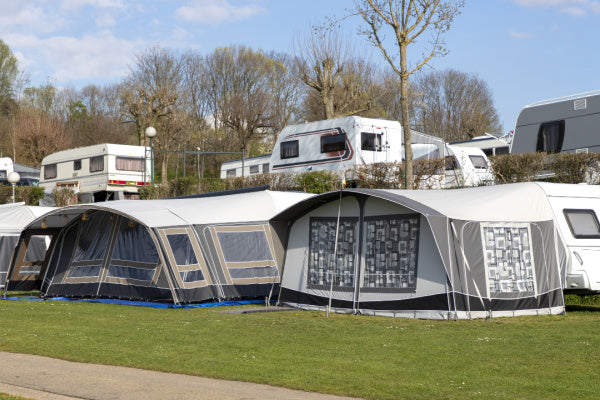How Long Will a 100Ah Battery Power a Camping Fridge?
Wondering if your 100Ah battery can outlast your snack cravings? On average, it powers camping refrigerators for 16–40 hours—depending on fridge size, battery type, and weather. But there’s more to it than just numbers. Stick around for clever tips to keep your food cold and your trip stress-free.
Estimating Your Fridge's Runtime: From Quick Answers to Exact Calculations
The Short Answer: How Long Will a 100Ah Battery Typically Last?
A 100Ah battery will usually power a camping fridge for 16 to 40 hours. The exact duration depends on your fridge’s size, energy use, and the battery’s condition.
This gives most campers a solid day or two of cooling, but results can vary quite a bit.

For a Standard 12V Compressor Camping Fridge
Smaller fridges using 20–30 watts tend to last 30–40 hours. Medium fridges around 30–40 watts will typically run for 20–30 hours. Larger units using 40–50 watts might only manage 16–20 hours.
Why This is Only an Estimate
These figures assume ideal conditions. In reality, performance changes depending on the battery type, outside temperature, and how often you open the fridge.
Most batteries also can’t be drained completely—especially lead-acid ones. So the available power is usually lower than the label suggests.
How to Calculate Your Specific Runtime (Step-by-Step)
Step 1: Understand Your Battery's True Usable Capacity (Lithium vs. Lead-Acid)
Not all 100Ah batteries offer the same usable power.
Lead-acid batteries are best kept above 50% to preserve lifespan, which leaves you with about 50Ah usable.
Lithium batteries, on the other hand, are safe to use down to 80–90%, giving you 80–90Ah usable.
This alone makes a big difference in runtime.
Step 2: Find Your Fridge's Power Consumption (Watts)
Most camping refrigerators fall between 20 and 50 watts depending on their size, insulation, and cooling efficiency.
You can also convert this into amp-hours at 12V:
| Fridge Size | Power Use (W) | Amp-Hours per Hour @12V |
|---|---|---|
| Small | 20–30W | 1.5–2.5Ah |
| Medium | 30–40W | 2.5–3.5Ah |
| Large | 40–50W | 3.5–4.5Ah |
Step 3: Factor in the "Duty Cycle"
Fridges don’t run constantly. Most cycle on and off, typically operating around 30–50% of the time depending on how full they are, ambient temperature, and insulation.
This duty cycle is important for getting a more realistic runtime.

Step 4: The Final Calculation: Putting It All Together
Use this simple formula:
Usable Battery Capacity (Ah) ÷ Fridge Draw (Ah/hr) × Duty Cycle = Estimated Runtime
Example (Lead-acid battery, fridge draws 2.5A, 50% cycle):
50Ah ÷ 2.5A × 0.5 = 10 hours of runtime
With a lithium battery (80Ah usable), the same fridge would last around 16 hours.
Key Factors That Will Influence Your Battery Life
Ambient Temperature and Ventilation
In hotter weather, your fridge works harder and uses more energy. This shortens battery life.
Proper ventilation also helps. Cramped storage or blocked vents make your fridge less efficient.
Fridge Contents and Usage Habits
Frequently opening the fridge lets warm air in, making it work harder to stay cool.
Keeping the fridge well-packed with cold items helps maintain the internal temperature.
Even small habits like opening the door less can extend your runtime significantly.

Battery Health and Age
Batteries lose capacity over time. An older battery might not give you the full 100Ah it once did.
Always test or monitor your battery if it’s been in storage for a while.
Pro Tips: How to Maximise Every Amp-Hour
Simple Strategies to Make Your Battery Last Longer
The Importance of Pre-Cooling Before Your Trip
Plug your fridge into mains power before leaving and get it cold in advance.
Also pre-chill your food and drinks. This reduces the load on your battery when you finally unplug and hit the road.
Optimise Fridge Placement and Minimise Door Opening
Avoid placing the fridge in direct sunlight or next to heat sources.
Using an insulated cover or placing it in the shade can help keep internal temperatures stable with less power draw.
Fine-Tuning Your Fridge's Temperature Settings
Keeping your fridge at 3–5°C is usually cold enough for safe storage.
Lower settings often drain more power than necessary and can make your battery run out faster.
Supplementing Your Power with Solar Panels
A portable solar panel (100W or more) can recharge your battery during the day.
It’s quiet, eco-friendly, and ideal for longer trips where running out of power isn’t an option.
Other content you might like:
- What Is The Best Battery For Camping Fridge?
- Can A Solar Panel Run A Camping Fridge?
- Can You Connect A Camping Fridge Straight To A Battery?
- How Many Watts Camping Fridge
- How Much Power Do I Need For Camping Fridge?
- How To Power Camping Fridge
- How To Run Camping Fridge
- What Size Inverter For Camping Fridge
- What Wattage Is A Camping Fridge





Leave a comment